In the evolving landscape of transportation, Compressed Natural Gas (CNG) has emerged as a pivotal alternative fuel source. At CarMax Vehicle, we recognize the transformative potential of CNG in enhancing efficiency, reducing emissions, and providing sustainable energy solutions for heavy-duty applications. This comprehensive guide delves into the various types of CNG, their applications, and the technological advancements driving their adoption in the transportation sector.
Introduction to Compressed Natural Gas (CNG)
Compressed Natural Gas (CNG) is a clean-burning fuel that offers a viable alternative to traditional fossil fuels. By compressing natural gas to less than 1% of its volume at standard atmospheric pressure, CNG becomes a practical fuel option for transportation. Its abundance, cost-effectiveness, and lower environmental impact make it an attractive choice for manufacturers and logistics providers alike.
Why Choose CNG?
- Environmental Benefits: CNG produces significantly lower carbon emissions compared to diesel and gasoline.
- Cost Efficiency: Natural gas is often cheaper than conventional fuels, reducing operational costs.
- Energy Security: Utilizing domestic natural gas resources enhances energy independence.
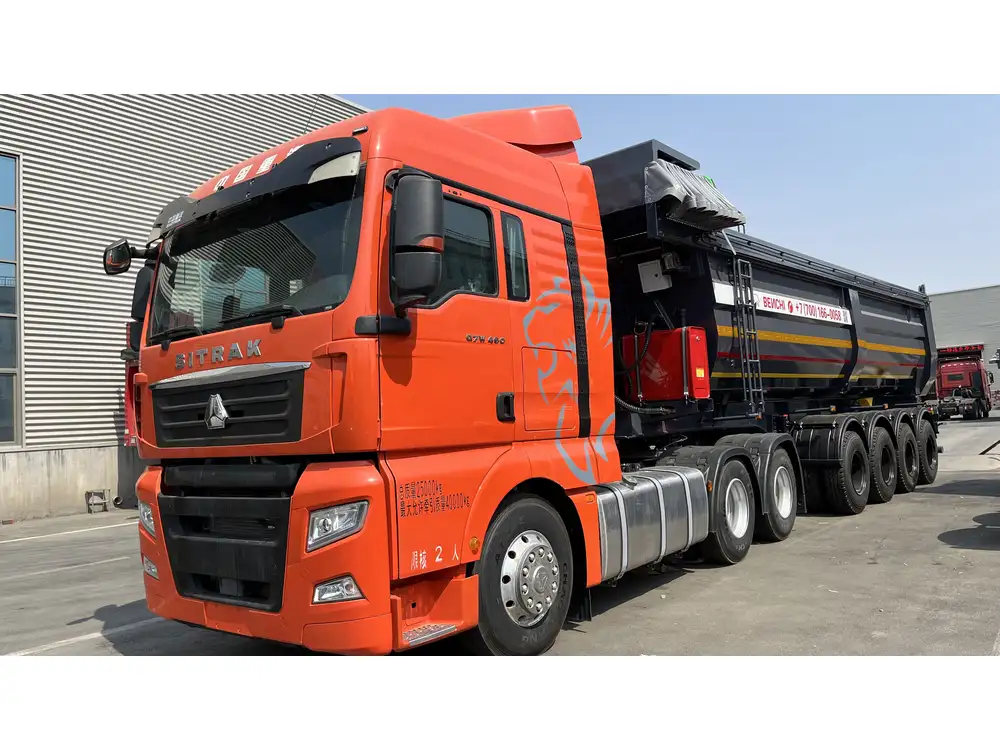
Types of CNG: Exploring the Variations
Understanding the different types of CNG is essential for optimizing its application in various industries. The classification of CNG can be approached from multiple perspectives, including pressure levels, purity standards, and storage configurations.
1. Classification by Pressure Levels
CNG is categorized based on the pressure at which it is stored and transported. The pressure level determines the energy density and storage requirements of the gas.
| Pressure Level | Abbreviation | Typical Applications |
|---|---|---|
| Low-Pressure | LPCNG | Residential storage, stationary applications |
| Medium-Pressure | MPCNG | Municipal vehicles, light commercial use |
| High-Pressure | HPCNG | Heavy-duty transportation, long-haul fleets |
High-Pressure CNG (HPCNG)
High-Pressure CNG is stored at pressures ranging from 200 to 350 bar. This type is predominantly used in heavy-duty transportation, including semi-trailers and long-haul trucks. HPCNG offers higher energy density, enabling longer ranges and reducing the frequency of refueling.
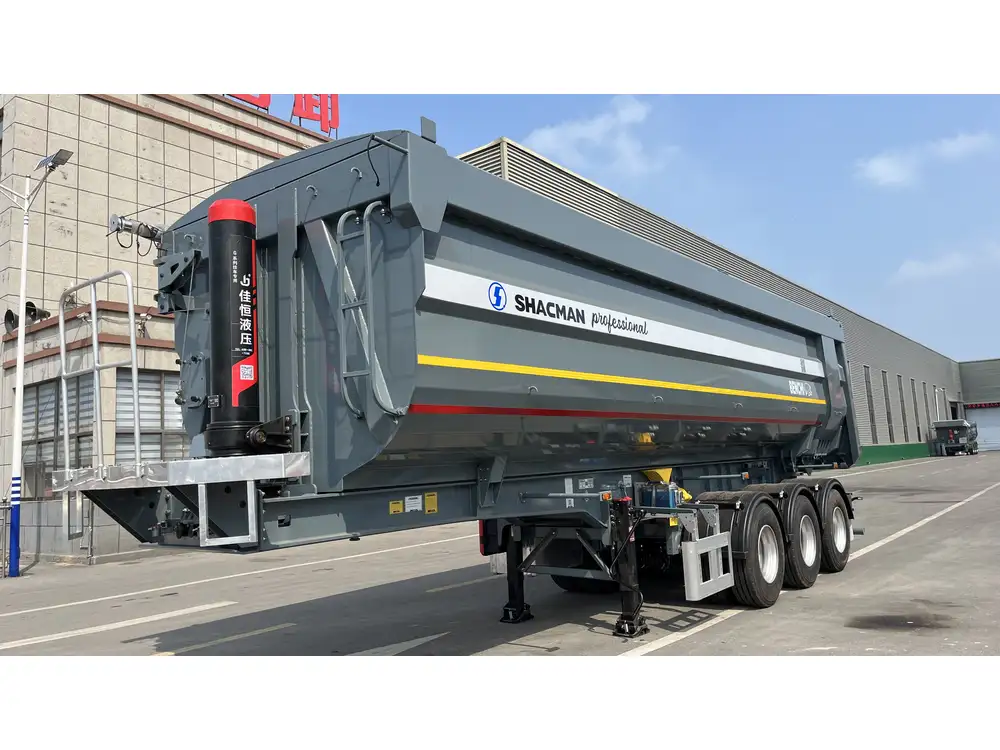
Medium-Pressure CNG (MPCNG)
Stored at pressures between 80 to 200 bar, Medium-Pressure CNG serves lighter commercial vehicles and buses. MPCNG strikes a balance between storage capacity and safety, making it suitable for urban transportation where frequent stops are common.
Low-Pressure CNG (LPCNG)
Low-Pressure CNG is stored at pressures below 80 bar. It is mainly employed in stationary applications such as residential kitchens and power generators. LPCNG is less common in the transportation sector but plays a crucial role in facilitating household energy needs.
2. Classification by Purity Standards
The purity of CNG is critical for ensuring efficient combustion and minimizing emissions. CNG purity is typically measured by the concentration of methane and the presence of impurities.
| Purity Level | Methane Concentration | Applications |
|---|---|---|
| High-Purity | 95% and above | Passenger vehicles, fleet operators |
| Medium-Purity | 85% – 94% | Light commercial vehicles, buses |
| Low-Purity | Below 85% | Industrial applications, power generation |

High-Purity CNG
With a methane concentration of 95% and above, High-Purity CNG ensures optimal performance in passenger vehicles and fleet operations. This purity level minimizes engine wear and reduces the formation of harmful emissions.
Medium-Purity CNG
Medium-Purity CNG, containing 85% to 94% methane, is suitable for light commercial vehicles and buses. While slightly lower in purity, it maintains efficient combustion and meets regulatory emission standards.
Low-Purity CNG
Low-Purity CNG, with methane levels below 85%, is utilized in industrial settings and power generation. Although not ideal for transportation due to reduced energy efficiency, it serves critical roles in non-vehicular applications.
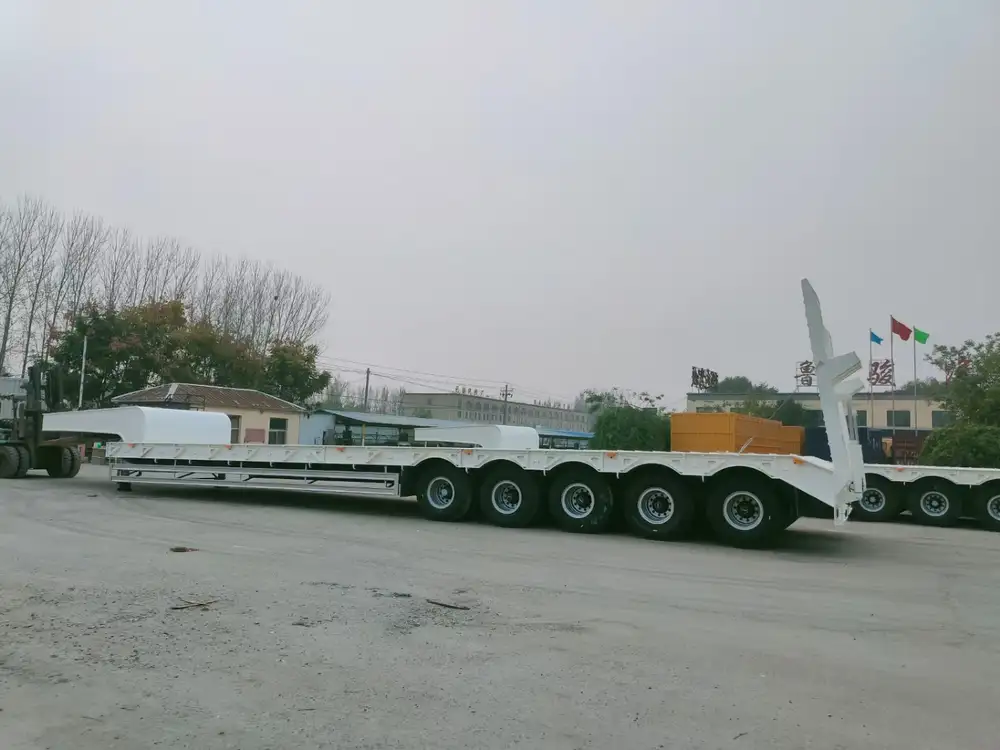
3. Classification by Storage Configurations
The way CNG is stored affects its usability and compatibility with different vehicle types. Storage configurations are categorized based on the container types and mounting methods.
| Storage Configuration | Description | Typical Use Cases |
|---|---|---|
| Cylinder Tanks | Individual gas cylinders mounted on vehicles | Light to medium-duty trucks, buses |
| Modified ISO Containers | Standard ISO containers adapted for CNG storage | Heavy-duty trailers, long-haul trucks |
| Composite Tanks | Lightweight, high-strength material tanks | High-efficiency heavy-duty transportation |
Cylinder Tanks
Cylinder tanks are the most common storage solutions for CNG in light to medium-duty vehicles. These individual cylinders are mounted on the vehicle chassis, offering flexibility and ease of installation. Cylinder tanks are ideal for municipal buses and delivery trucks that require frequent refueling.
Modified ISO Containers
Modified ISO containers provide robust storage solutions for heavy-duty trailers and long-haul trucks. These containers are designed to withstand high pressures and offer enhanced safety features, making them suitable for extensive transportation networks.

Composite Tanks
Composite tanks are engineered using lightweight, high-strength materials such as carbon fiber. These tanks significantly reduce vehicle weight, increasing payload capacity and fuel efficiency. Composite tanks are at the forefront of innovation in heavy-duty transportation, providing a competitive edge in the market.
Technological Advancements in CNG Applications
The adoption of CNG in transportation is bolstered by continuous technological innovations. Advancements in storage materials, fueling infrastructure, and engine efficiency are pivotal in expanding the reach and effectiveness of CNG-powered vehicles.
Advanced Storage Materials
Modern storage solutions utilize high-strength alloys and composite materials to enhance the safety and capacity of CNG tanks. These materials allow for higher pressure storage without compromising structural integrity, enabling longer ranges and reduced refueling times.
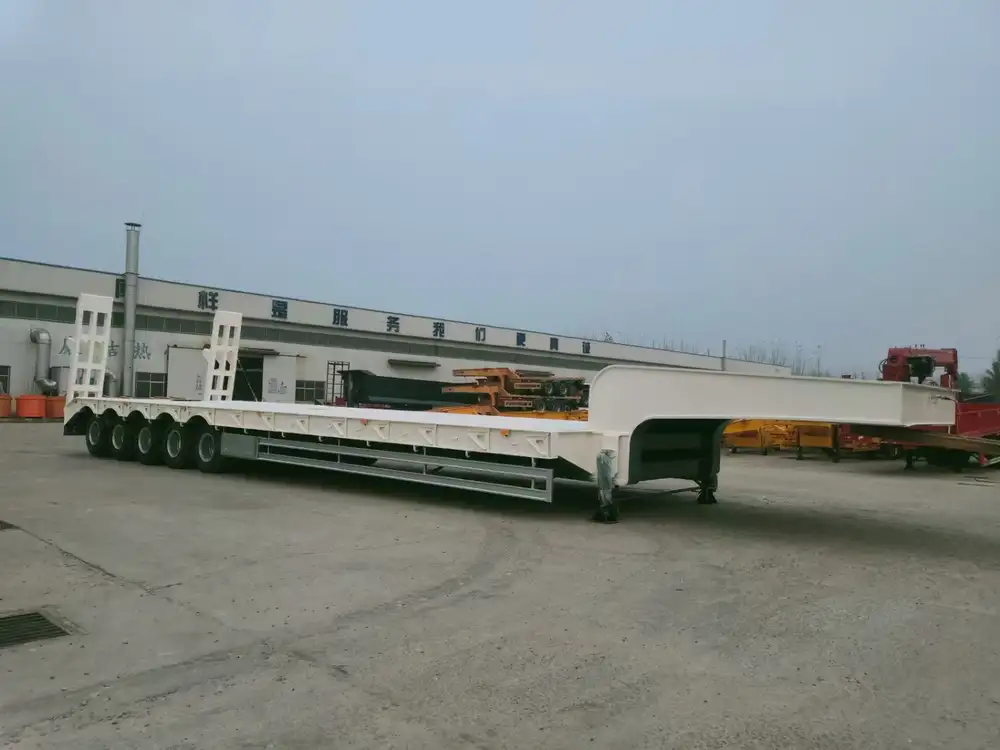
Enhanced Fueling Infrastructure
The development of widespread and efficient CNG fueling stations is critical for the success of CNG-powered fleets. Innovations in fueling technology, such as rapid-fill nozzles and automated dispensing systems, streamline the refueling process, making CNG a more convenient option for drivers.
Engine Efficiency Improvements
Engine manufacturers are continuously refining combustion technologies to maximize the efficiency of CNG engines. Innovations include optimized fuel injection systems, advanced ignition timing, and improved turbocharging, all contributing to better performance and lower emissions.
Benefits of CNG for Transportation
Choosing CNG as a fuel source offers numerous advantages for transportation providers, enhancing both operational efficiency and environmental sustainability.
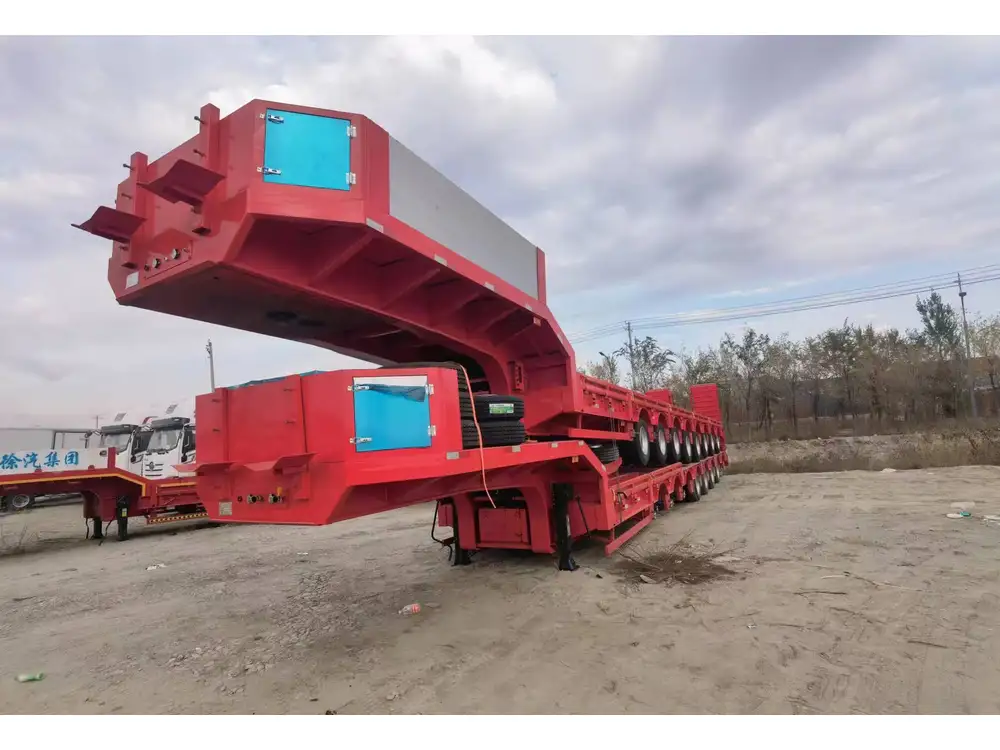
Environmental Impact
CNG combustion results in lower emissions of pollutants such as nitrogen oxides (NOx), particulate matter (PM), and carbon dioxide (CO₂). This makes CNG an environmentally friendly alternative that contributes to cleaner air and reduced greenhouse gas emissions.
Cost Savings
Natural gas prices are typically more stable and lower than diesel, providing significant cost savings over the lifecycle of a vehicle. Additionally, the higher efficiency of CNG engines reduces fuel consumption, further lowering operational costs.
Enhanced Vehicle Performance
CNG engines offer smooth and quiet operation with reduced vibrations. The high octane rating of CNG also allows for higher compression ratios, improving engine performance and longevity.

Applications of CNG in Semi-Trailers
At CarMax Trailer, we specialize in designing and manufacturing semi-trailers optimized for CNG applications. Understanding the diverse types of CNG and their specific requirements is crucial in developing trailers that meet the demands of modern logistics and transportation.
CNG Tank Trailers
CNG tank trailers are designed to transport bulk quantities of compressed natural gas. These trailers feature reinforced containers and advanced pressure regulation systems to ensure safe and efficient transportation of CNG over long distances.
Multi-Compartment CNG Trailers
Multi-compartment trailers allow for the simultaneous transport of CNG and other commodities. This versatility enhances the utility of semi-trailers, enabling logistics providers to optimize their fleet operations and reduce the number of trips required for deliveries.
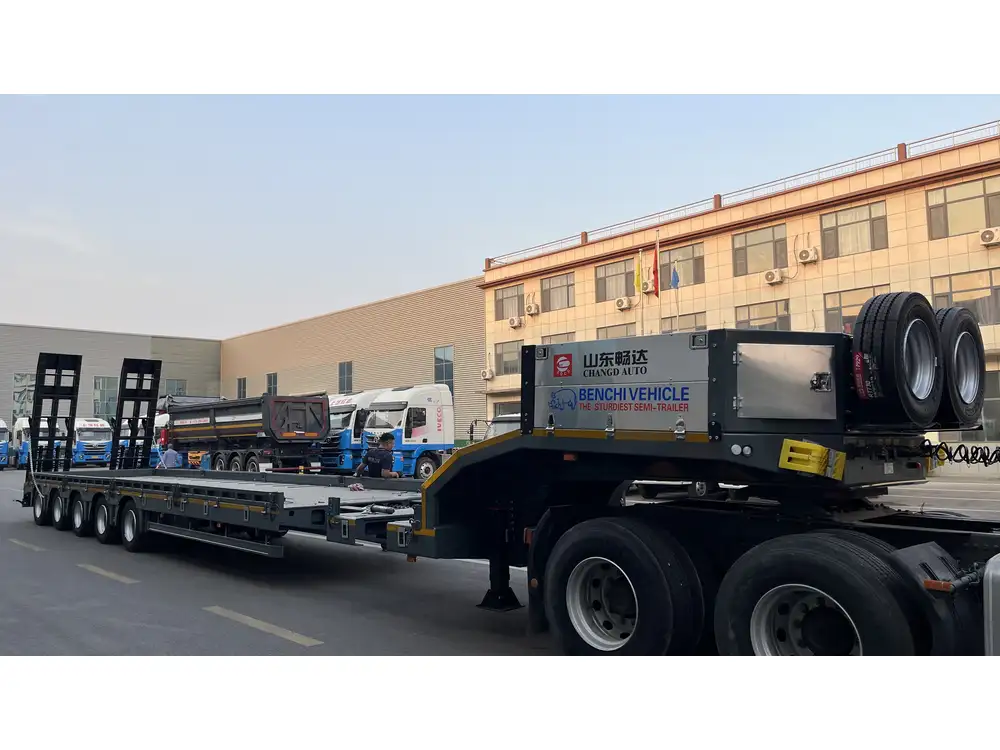
Refrigerated CNG Trailers
Refrigerated trailers equipped with CNG storage provide dual functionality, allowing for the transportation of both perishable goods and compressed natural gas. These innovative designs cater to specialized markets that demand both cooling and energy-efficient fueling solutions.
Safety Considerations for CNG Transportation
Safety is paramount in the transportation of CNG, given its high-pressure nature. Adhering to stringent safety standards and implementing advanced safety features are essential in mitigating risks.
Pressure Regulation Systems
Advanced pressure regulation systems are integral to CNG trailers, ensuring that gas is delivered at safe and consistent pressures. These systems include automatic shutoff valves, pressure relief devices, and real-time monitoring sensors to detect and respond to anomalies promptly.

Structural Integrity
The structural design of CNG trailers incorporates reinforced materials and impact-resistant frameworks to withstand the rigors of transportation. Regular inspections and maintenance protocols are essential in maintaining the integrity of CNG storage containers.
Emergency Response Features
Modern CNG trailers are equipped with emergency response features such as fire suppression systems, leak detection sensors, and accessible shutoff controls. These features enable swift and effective responses in the event of an incident, enhancing overall safety.
Regulatory Compliance and Standards
Compliance with regional and international regulations is critical for the legal and safe transportation of CNG. Understanding and adhering to these standards ensures that CNG trailers meet the necessary safety and environmental requirements.

International Standards
Organizations such as the International Organization for Standardization (ISO) and the Society of Automotive Engineers (SAE) provide guidelines for the design, testing, and certification of CNG trailers. These standards cover aspects like pressure ratings, material specifications, and safety protocols.
Regional Regulations
Different regions may have specific regulations governing the transportation of CNG. It is essential to stay informed about local laws and ensure that CNG trailers are certified and compliant with all applicable regulations.
Future Trends in CNG Transportation
The future of CNG in transportation is promising, with ongoing advancements and increasing adoption driven by the need for sustainable energy solutions. Key trends shaping the future include:

Integration with Renewable Energy
The integration of CNG with renewable energy sources, such as biogas, enhances its sustainability profile. Biogas can be processed into biomethane, a renewable form of CNG, further reducing the carbon footprint of transportation.
Smart Fleet Management
Technologies such as IoT and AI are revolutionizing fleet management, enabling real-time monitoring of CNG consumption, predictive maintenance, and route optimization. These advancements improve operational efficiency and reduce costs.
Expansion of CNG Infrastructure
The expansion of CNG refueling infrastructure, including the development of more refueling stations and mobile fueling solutions, facilitates the broader adoption of CNG-powered vehicles. This infrastructure growth is crucial for supporting the scalability of CNG transportation networks.

Conclusion
Compressed Natural Gas (CNG) represents a significant advancement in the quest for sustainable and efficient transportation solutions. At CarMax Vehicle, we are committed to advancing CNG applications through innovative semi-trailer designs, robust safety features, and adherence to regulatory standards. By understanding the various types of CNG and their specific applications, we empower our clients to optimize their fleets, reduce operational costs, and contribute to a cleaner environment.
Frequently Asked Questions (FAQs)
1. What are the main advantages of using CNG over traditional diesel fuel?
CNG offers several advantages, including lower emissions, reduced fuel costs, higher energy efficiency, and enhanced engine performance. Additionally, CNG contributes to energy security by utilizing domestic natural gas resources.

2. How does the pressure level of CNG affect its storage and usage in semi-trailers?
Higher pressure levels, such as High-Pressure CNG (HPCNG), allow for greater energy density, enabling longer ranges and reduced refueling frequency. However, they require more robust storage solutions to ensure safety and efficiency during transportation.
3. What safety measures are implemented in CNG trailers to prevent accidents?
CNG trailers are equipped with advanced pressure regulation systems, reinforced structural designs, emergency response features like fire suppression systems, and real-time monitoring sensors. These measures ensure safe handling and transportation of compressed natural gas.
4. Is CNG compatible with all types of semi-trailers?
CNG compatibility depends on the trailer design and storage configuration. At CarMax Trailer, we design specialized CNG tank trailers, multi-compartment trailers, and refrigerated CNG trailers to meet the diverse needs of the transportation industry.

5. What future developments can we expect in the CNG transportation sector?
Future developments include the integration of renewable biogas into CNG, advancements in smart fleet management technologies, and the expansion of CNG refueling infrastructure. These trends will enhance the sustainability and efficiency of CNG-powered transportation.



